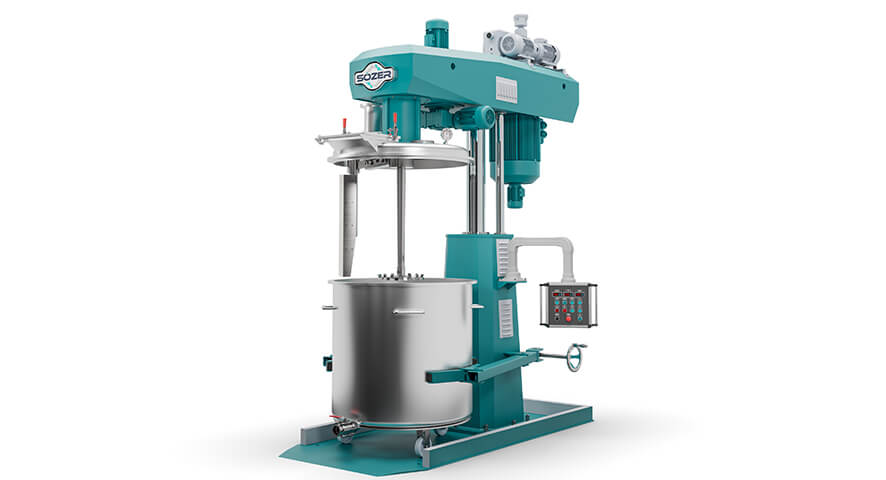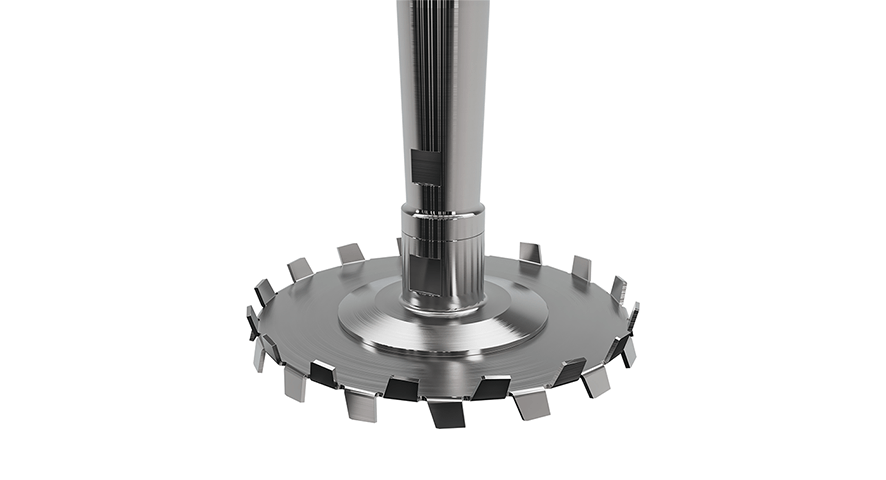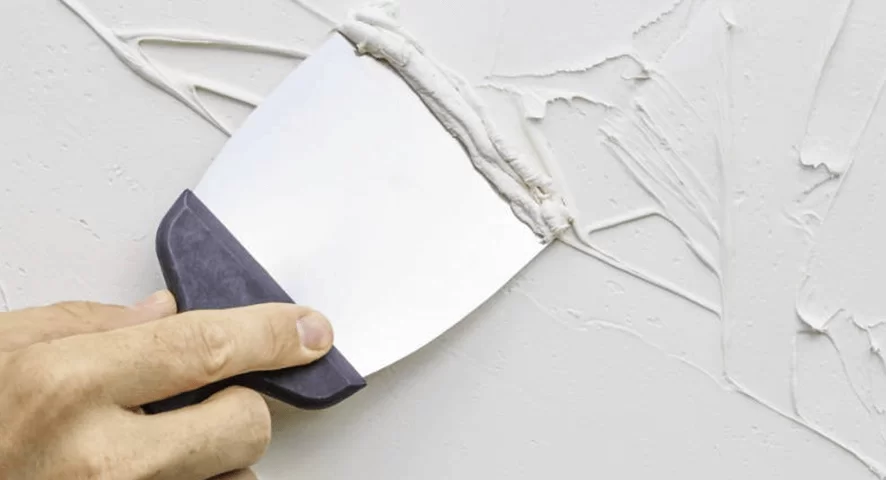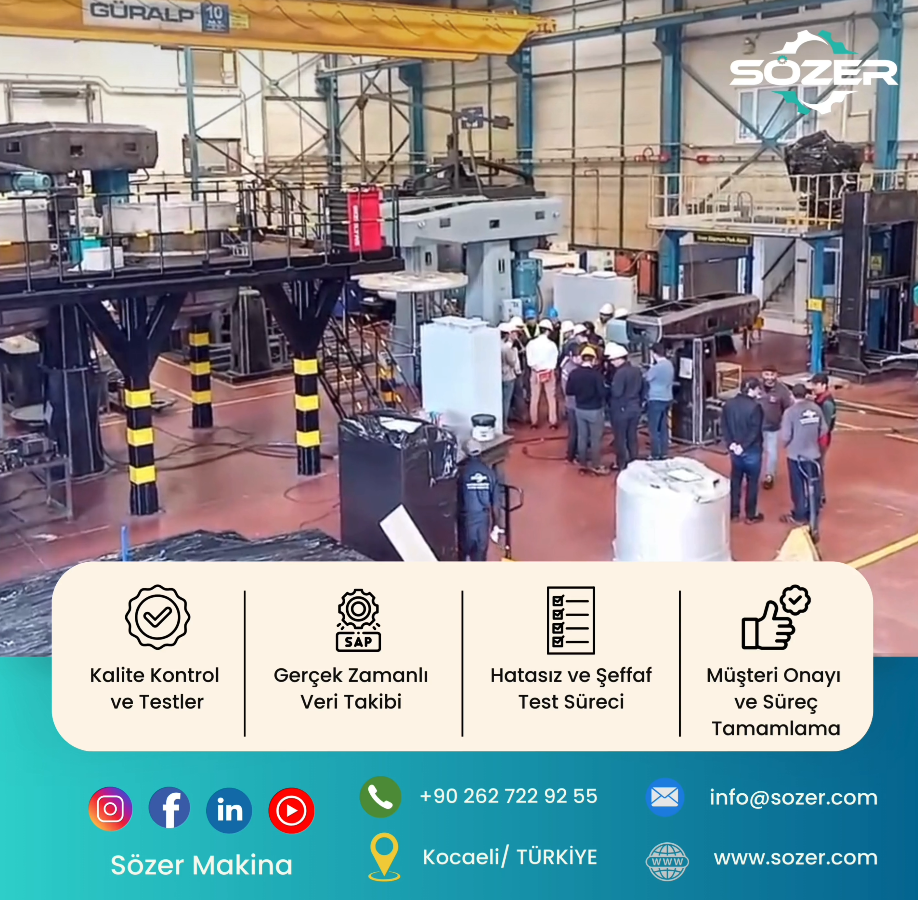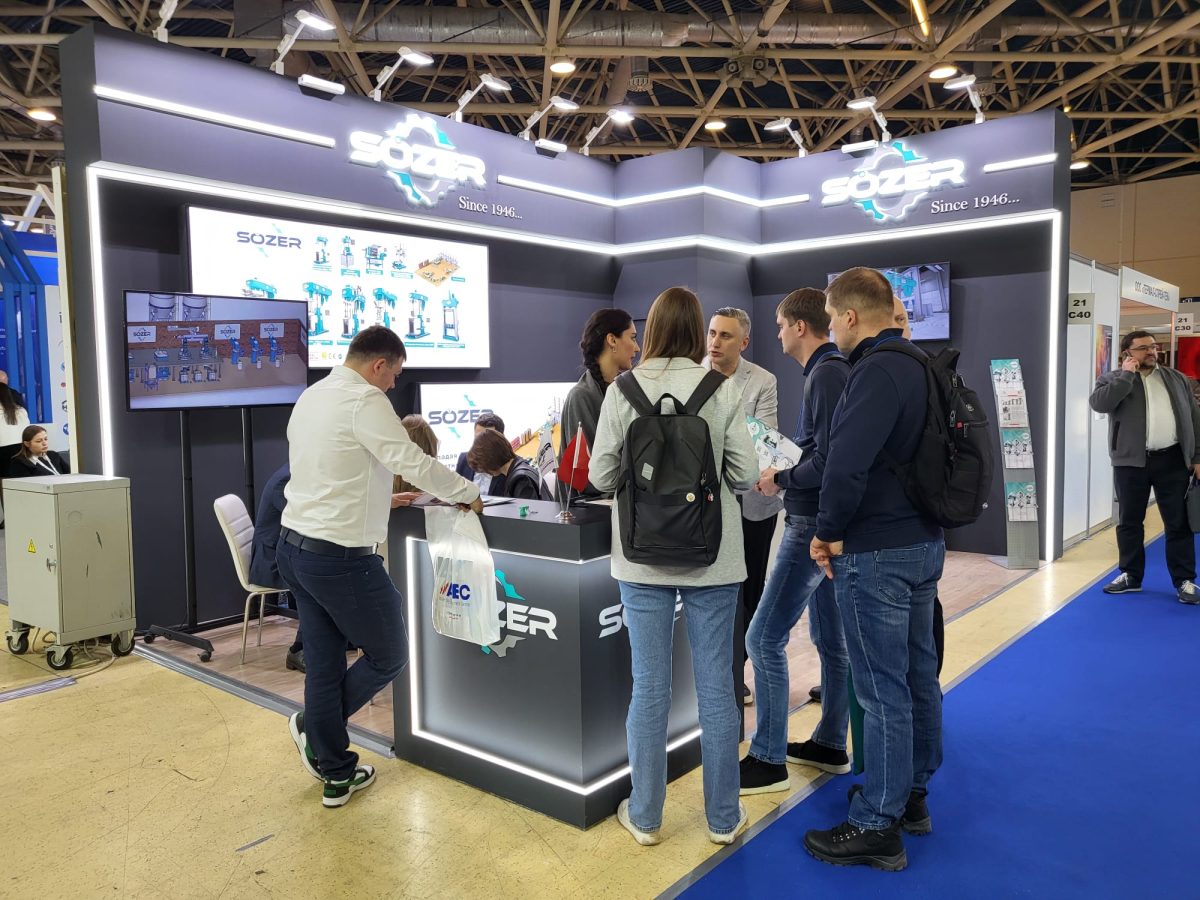It was a great pleasure to connect with leading professionals in the industry during this valuable 3-day event.
A heartfelt thank you to all our visitors, business partners, and the event organizers.
We were proud to showcase our innovative solutions and had an inspiring and productive experience.
See you at the next event!
#SaudiArabiaCoatingShow #SözerMakina #CoatingsIndustry #Innovation #BusinessNetworking #coating #paint #chemistry












